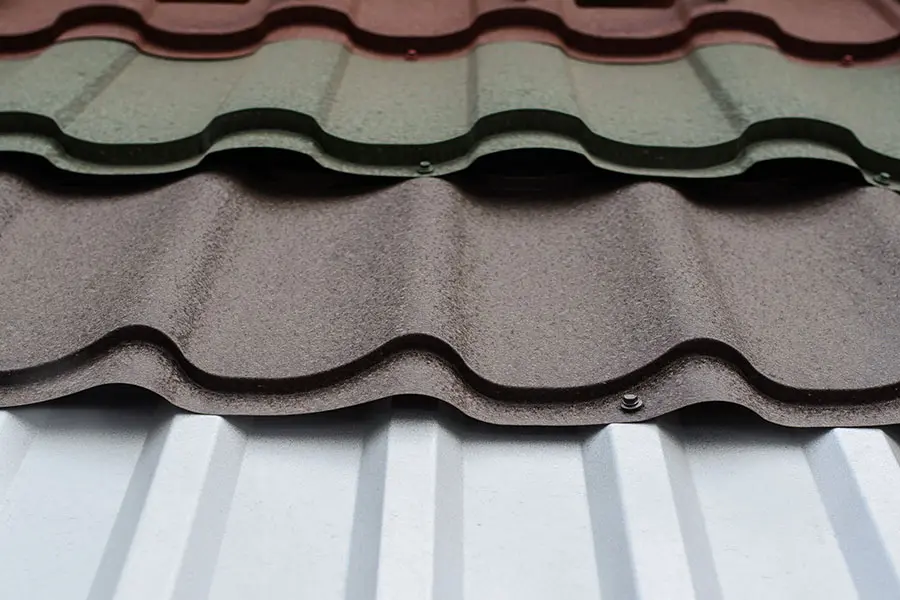Evaluating the Services Provided by Roofing Companies in Gainesville Florida
Evaluating the Services Provided by Roofing Companies in Gainesville Florida
Blog Article
Ideal Practices for Ensuring Proper Roof Covering Air Flow
A balanced consumption and exhaust air vent ratio, generally 1:300, plays a critical function, with intake vents preferably put at the reduced side of the roofing system for amazing air access and exhaust vents at the optimal for warm air departure. Keeping insulation away from vents is crucial to avoid air flow restriction.
Understand Ventilation Essentials
Correctly understanding ventilation fundamentals is necessary for making sure the long life and performance of roof systems. Effective ventilation alleviates moisture accumulation and temperature extremes in the attic room, both of which can result in considerable structural damage over time. A well-ventilated roofing system aids in stopping typical problems such as mold development, timber rot, and ice dams, which can endanger the stability of the roof materials and the underlying frameworks.
The primary objective of ventilation is to promote the activity of air, permitting a constant exchange in between the outside and indoor environments. This balance is accomplished with a mix of intake and exhaust vents that interact to keep optimal air movement. Consumption vents, usually situated along the eaves or soffits, allow fresh air to get in the attic space, while exhaust vents, usually positioned at or near the roof covering ridge, enable warm, damp air to leave.
Key aspects affecting the performance of roof covering ventilation consist of correct placement, appropriate sizing, and making certain that both intake and exhaust vents are unhampered. Routine examination and upkeep are critical to determine prospective obstructions, damage, or inadequacies in the ventilation system, consequently protecting the roof covering's efficiency and longevity.
Sorts Of Roofing System Vents
Roof vents play an essential role in preserving reliable attic room ventilation and, by expansion, the general wellness of the roofing system. Various kinds of roofing system vents are offered, each with unique advantages customized to specific roofing demands.

Soffit vents are set up under the eaves and work in tandem with roofing vents to guarantee a well balanced intake and exhaust system. By enabling cooler air to get in from below, soffit vents help with the expulsion of hot air with upper vents. Gable vents, located on the exterior wall surfaces of the attic, offer one more reliable remedy, specifically in homes with gable roofings.
Evaluate Your Current Air Flow

Next, consider the age and problem of your roof products and air flow components. Older systems might not conform with existing building ordinance or may have worn away gradually, decreasing their performance. Conduct a comprehensive examination to recognize any type of indicators of deterioration, such as rust, damage, or spaces that could compromise the system's efficiency.
In addition, measure the attic room temperature level and moisture degrees. High temperature levels and moisture can suggest insufficient air flow.
Installation Best Practices
Efficient installment of roofing ventilation systems is vital for guaranteeing ideal efficiency and durability. Correct installation begins with comprehending the certain air flow demands of the roofing system and the building it covers. This involves determining the right ratio of consumption to wear down vents, commonly adhering to the 1:300 policy, which specifies one square foot of air flow for every single 300 square feet of attic room flooring room.

The positioning of vents is similarly crucial. Consumption vents should be mounted at the roofing system's reduced edge, usually in the soffits, to enable cool air to go into. Exhaust vents, on the other hand, ought to be mounted near or at the roofing system's optimal to help with the leave of warm, wet air. This develops a natural airflow that helps maintain temperature level and wetness equilibrium within the attic area.
Seal all vent connections thoroughly to stop air leaks and potential water infiltration. Use high-grade products and comply with maker standards to guarantee resilience and performance. In addition, integrating ridge vents with baffles can significantly improve air flow performance by protecting against wind-driven rainfall and snow from entering the attic.
Ultimately, exact installment of roof covering air flow systems minimizes web link potential issues such as mold growth, ice dams, and architectural damage, making sure the roofing's honesty and the structure's total wellness.
Normal Upkeep Tips
Uniformity in upkeep techniques is essential to making sure the lasting effectiveness of roof covering ventilation systems. Routine inspections are crucial, ideally carried out biannually-- in the spring and fall. Throughout these assessments, ensure that vents are devoid of particles, nests, and various other obstructions that could hinder air movement. Inspect for any type of indications of moisture accumulation or mold, as these can show improper air flow or leaks (roofing companies gainesville florida).
Cleaning next page up the vents is an additional necessary task. Use a soft brush or a vacuum cleaner to remove dirt and particles from intake and exhaust vents. Be mindful not to damage the air vent displays or louvers during the procedure. Additionally, examine the attic room area for any kind of indications of water damages, which could jeopardize the honesty of the roof.
Appropriate insulation is just as important. Make sure that attic room insulation does not block the vents, as this can drastically restrict air flow. Rearrange or replace it to maintain an efficient obstacle. if any type of insulation has moved or cleared up.
Lastly, replace any type of damaged or missing components promptly. Broken vents, split shingles, or deteriorated flashing can all add to insufficient air flow and ought to be attended to right away. Routine maintenance guarantees that the roof ventilation system functions ideally, therefore expanding the life-span of the roof covering itself.
Final Thought
Guaranteeing proper roof covering air flow is critical for keeping the effectiveness and sturdiness of a roof. Adherence to the 1:300 consumption and exhaust air vent proportion, coupled with the critical placement of vents, is vital. Regular semiannual assessments, debris cleaning, and ensuring insulation does not block airflow are crucial techniques. Carrying out these best techniques will certainly promote a well-ventilated roof, therefore mitigating potential concerns related to moisture build-up and extreme warm, ultimately extending the roof's life expectancy.
A balanced intake and exhaust air vent ratio, frequently 1:300, plays a critical duty, with intake vents preferably placed at the reduced edge of the roof covering for cool air access and exhaust vents at the peak for warm air departure. Consumption vents, usually situated along the soffits or eaves, permit fresh air to get Continued in the attic space, while exhaust vents, frequently situated at or near the roofing ridge, make it possible for hot, damp air to leave.
Soffit vents are set up under the eaves and job in tandem with roof vents to ensure a balanced intake and exhaust system. By enabling cooler air to enter from below, soffit vents facilitate the expulsion of hot air through top vents. Adherence to the 1:300 intake and exhaust vent ratio, paired with the strategic placement of vents, is vital.
Report this page